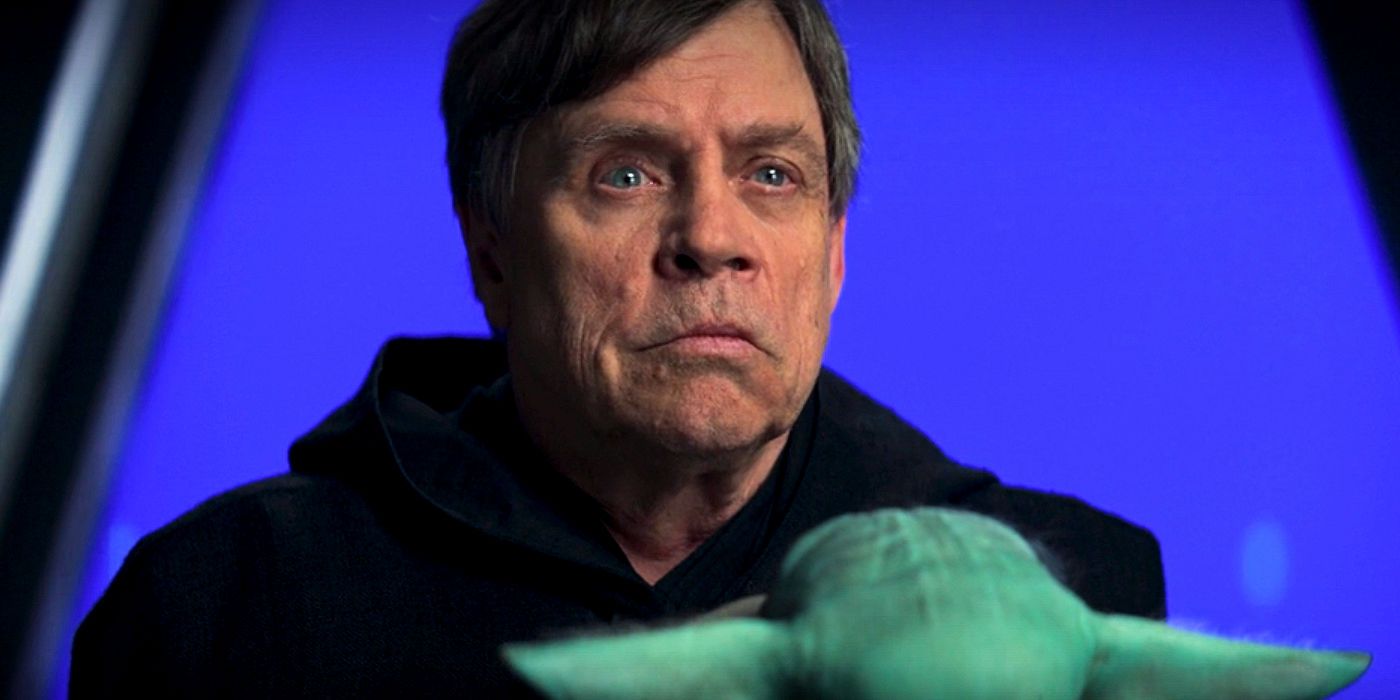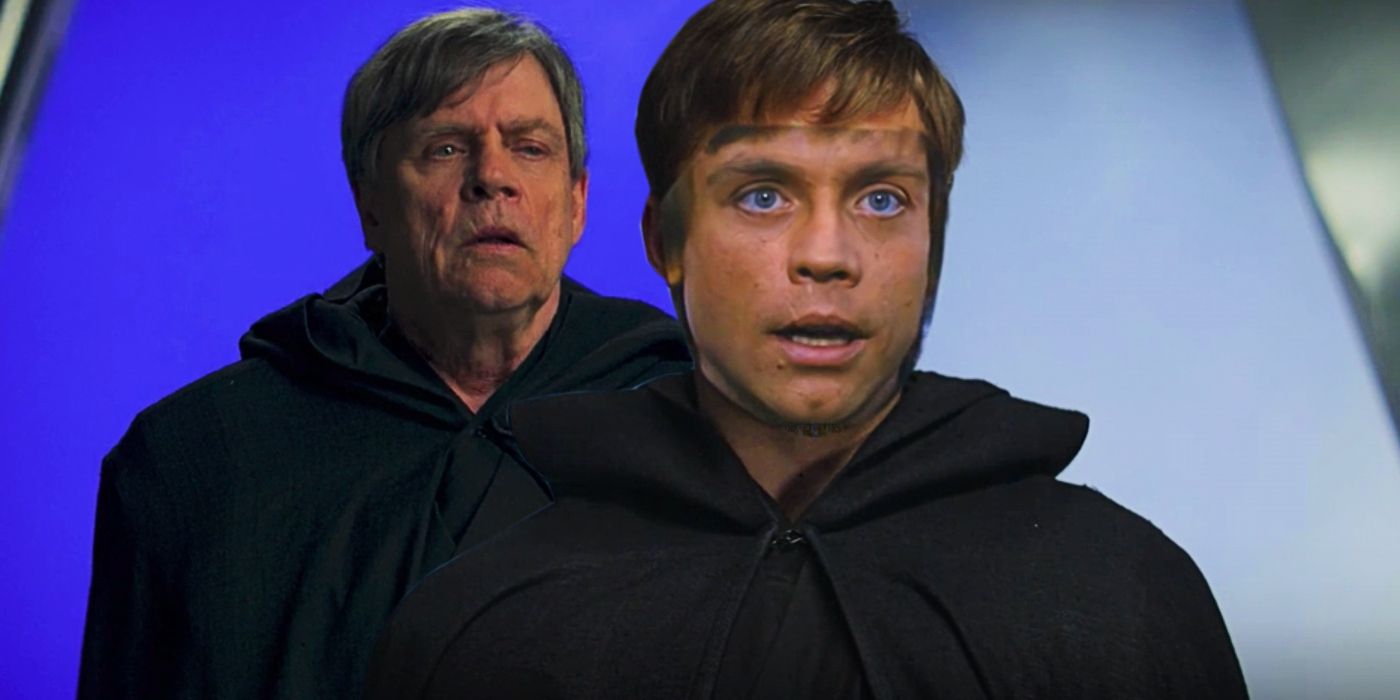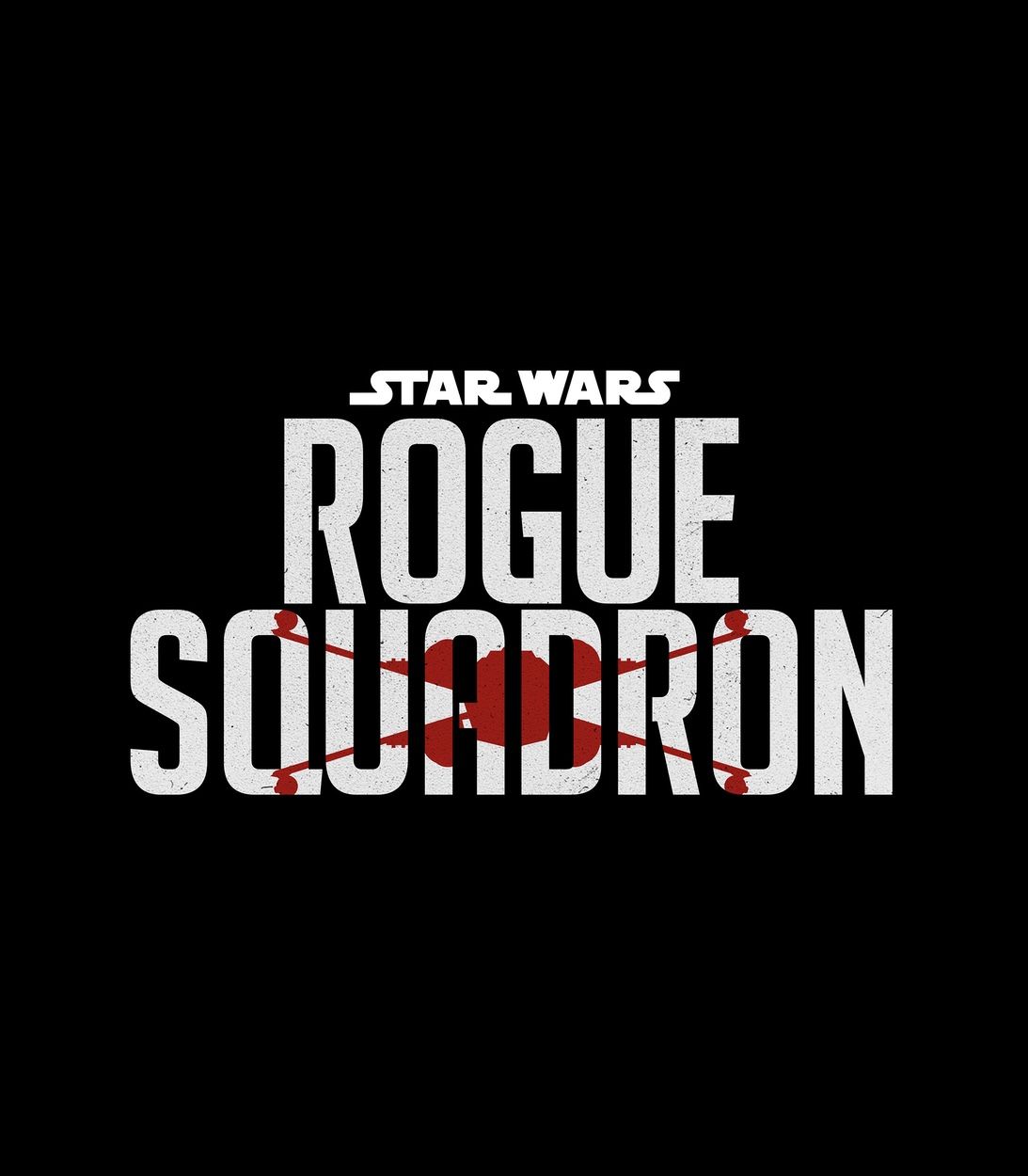The Mandalorian season 2 brought back Mark Hamill as a young Luke Skywalker, though decided not to use the actor’s real voice, using synthesized speech instead. Within the Star Wars timeline, The Mandalorian takes place only 5 years after the events of Return of the Jedi, so audiences were eager to see which characters in the original trilogy could make their way into the series. The Mandalorian season 1 primarily focused on new characters in the franchise, while season 2 reintroduced several beloved established characters including The Clone Wars’ Ahsoka Tano and Boba Fett. Finally, in The Mandalorian season 2 finale, a young Luke Skywalker made a grand entrance to retrieve Grogu.
Bringing back young Luke Skywalker for The Mandalorian wasn’t an easy feat, especially since they insisted on using the likeness of Mark Hamill, who was about 67 years old at the time of filming compared to Luke’s 28 years in The Mandalorian’s timeline. The Mandalorian’s crew went to great lengths to make a young, spry Jedi out of Mark Hamill, including de-aging and Deepfake technology, special lighting rigs for facial textures, and implementing a younger actor for the physical performance whose face Hamill’s would be superimposed on. In the end, Hamill’s appearance as Luke was much more satisfying than simply using a new younger actor, even though many fans were lobbying for MCU actor Sebastian Stan to get the gig.
Although Hamill’s current face was de-aged and superimposed to make himself appear fifty years younger, The Mandalorian chose to go elsewhere when it came to editing his voice. As the Star Wars sequels quickly revealed, Hamill’s voice now sounds nothing like it did back around Return of the Jedi, so recording Luke’s The Mandalorian lines would have been jarring. Had Hamill’s real voice been used, it would have signaled that something profound happened to Luke over the past 5 years since ROTJ that made him speak like he smokes a pack of cigarettes a day. While bringing back Hamill to portray Luke physically was the right choice, so was the decision to not use his real deep, gravelly villain-like voice for an optimistic young Jedi Master.
Instead of Hamill recording the lines, The Mandalorian completely synthesized his speech using software called Respeecher. In a segment on Disney's Gallery: The Mandalorian’s episode on the season 2 finale, supervising sound editor Matthew Wood explained that Luke’s young voice was created by feeding old sound footage from the original Star Wars trilogy, Hamill’s book on tape from that era, and a Star Wars radio show from that time, and splicing them together for the software’s neural network to learn the data and reinterpret The Mandalorian lines. Dave Filoni explained in simpler terms that the computer sampled sounds and tones from young Hamill and created a sound performance that mirrors Luke Skywalker.
At the same time, not using Hamill’s real speech was surprising considering he actually is an accomplished voice actor, having largely taken on voice acting over live-action roles in the time since ROTJ. Although, a symptom of his long career in voice acting was that the physical demands of typically portraying villains altered his speech, making his voice permanently hold a deeper, more gravelly intonation that no longer aligns with the sound of young Luke Skywalker. Similarly, Carrie Fisher’s voice in the Star Wars sequels was jarringly different from that in ROTJ, meaning they likely would have used the same technology if she were in Hamill’s place. The use of such speech technology also holds ethical concerns if The Mandalorian did try bringing back a young Princess Leia the same way considering Carrie Fisher passed away in 2016, which would put the show at the same criticisms as the Anthony Bourdain Roadrunner documentary controversy.



